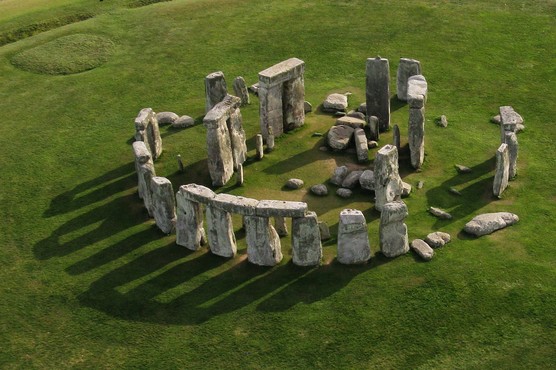
In Wiltshire, England, there lies a prehistoric structure called Stonehenge. The Standing stones are arranged in a circle and weigh about 25 tons each. The site is more than 4,500 years old and dates to about 2500 BC.
The meaning and function of Stonehenge remain a mystery despite extensive research. The following are some of the explanations that have been given so far:
1. Astronomical Observatory:
According to one theory, Stonehenge served as an astronomical observatory. It is in line with the solstices, and it has been shown that some of the stones are in line with specific stars. The monument may have been used to monitor the motions of the sun, moon, and stars as well as to forecast eclipses.
2. Healing Centre:
Another theory indicates that Stonehenge served as a centre for healing. Around the site, archaeologists discovered human bones with signs of wounds and illnesses. According to some studies, folks travelled from all around to receive treatment using the stones because of their alleged therapeutic abilities.
3. Burial Site:
It is widely believed that Stonehenge was used as a burial site. Archaeologists have found human remains at the site, including cremated remains. Some researchers believe that only the elite members of society were buried at the site, while others believe that it was a place for communal burials.
4. Religious Site:
Several researchers think that Stonehenge had religious significance. It’s possible that rituals, ceremonies, and sacrifices took place there. Some people think that the stones themselves were objects of worship, while others think that the monument was built in honour of a particular deity.
5. Status Symbol:
Last but not least, some researchers think Stonehenge was only a status symbol. It might have been constructed to indicate a specific location as being prominent or as a method for a certain group to flaunt their wealth and status.
The true meaning of Stonehenge may never be fully understood–despite continued studies. It is still one of the most famous and fascinating archaeological sites in the entire world, nevertheless.